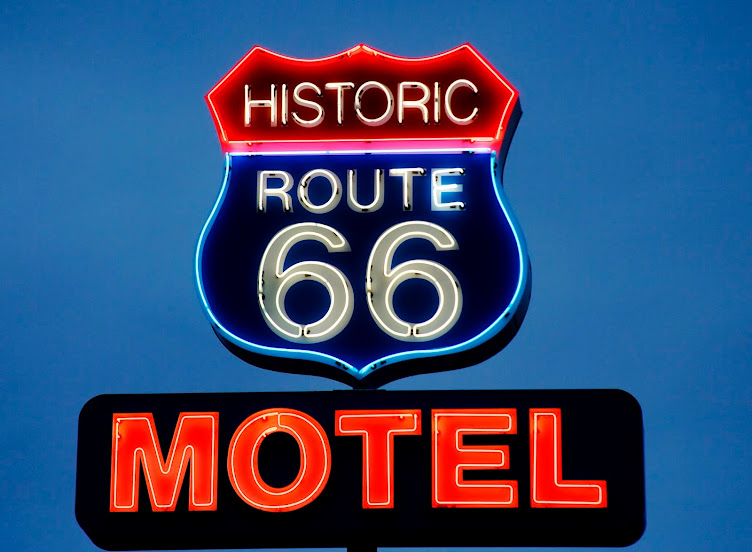Interview with Andrew Barger on the makings of his latest anthology: Mesaerion: The Best Science Fiction Stories 1800-1849.
Q: Last question first. What is your favorite science fiction story in the anthology?
A: I love them all or I would not have included them. But I would have to say that "The Iron Shroud" by William Mudford is right up there.
Q: The only headshot of William Mudford is from a painting until now. How did you get the image used in the anthology.
A: I always try to include the face of the author so readers know what they looked like. Many anthologies would increase their quality if they would only do this, but so few do. What I did was I commissioned an artist to take the pixelated painting of Mudford and do a new illustration. That is what is in the anthology.
Q: What were some of the prevailing themes you found in these early science fiction stories?
A: Hot air balloon trips. They were all the rage in Europe and America. People dreamed of crossing the Atlantic with this new technology that would only take them a few days instead of the weeks required to cross the Atlantic by ship.
Q: Was there much science in the fiction stories from 1800-1849?
A: I was surprised to find that terms like electricity, aeronauts, mesmerism, androids, perpetual motion, velocipedes, diving bells and parachutes were commonly used in the first half of the 19th century. Robots were called automatons Today we think of those people as simpletons, but that was not the case. The science fiction stories reflect that.
Q: Why are there no Mary Shelley stories included in the collection? Isn't she the godmother of science fiction?
A: Surprisingly, the author of Frankenstein did not write any short sci-fi stories. One would think she would have dominated this space. She wrote a very good novella called The Last Man, but her short stories did not contain science in them despite some mystical elements. If you reread Frankenstein you will see that there is not much science in the novel, either. Mary Shelley was not an engineer or scientist and it shows in Frankenstein.
Q: Who was the first female to write a science fiction story in the English language?
A: Assuming none of the anonymous stories found were penned by a woman, then Lydia Maria Child--the abolitionist author--wrote the first science fiction story by a woman.
Q: Were there any key years for short science fiction stories in this fifty year period?
A: In looking over the publication dates, there were two very important years out of which a number of the best stories came. The first was during 1835 when people on both sides of the Atlantic had dreams of crossing the ocean in hot air balloons. Writers latched onto this public enthusiasm to create sci-fi tales where the balloons went ever higher, with some reaching as far as the moon. The stories were: "Leaves from an Aeronaut" by Willis Gaylord Clark; "Great Astronomical Discoveries Lately Made by Sir John Herschel, L.L.D. F.R.S. &C. at the Cape of Good Hope" by Richard Adams Locke; "Glimpses of Other Worlds" by Thomas Charles Morgan; and "The Unparalleled Adventure of One Hans Pfaall" by Edgar Allan Poe. Nine years later, in 1844, there was another remarkable surge in science fiction short stories: "Recollections of Six Days' Journey in the Moon," which was published anonymously; "Rappaccini's Daughter" by Nathaniel Hawthorne (first biological science fiction story); "The Aërial Burglar" by Percival Leigh (perhaps the first steampunk short story); and "[The Balloon Hoax]," "Mesmeric Revelation," "The Premature Burial," and "A Tale of the Ragged Mountains" all by Edgar Allan Poe (later being perhaps the first physical time travel story). So 1835 and 1844 were banner years for short sci-fi stories in the English language.
Q: What other surprises did your research uncover?
A: I may have uncovered the first steampunk short story: "The Aerial Burglar." I found it in the iconic London magazine called Punch. It was the Mad Magazine of its day. I was also surprised to find that Lydia Child wrote the first cryogenics story: "Hilda Silfverling, A Fantasy." No one speaks of Lydia Child today when talking about science fiction stories, but she was a true pioneer.
Q: How did Edgar Allan Poe and Nathaniel Hawthorne change the genre?
A: Both figure prominently in the early science fiction stories. I like to say, as with the horror genre, that Poe did not invent it but he came pretty close to perfecting it for this 50 year period. I call it the Poe Complacency. He wrote so many stories at such a high level, it is easy to grow complacent with them . . . that is until you put them shoulder to shoulder with the best stories being written by his peers. Then it's jaw-dropping. Poe wrote about one-third of the best horror and science fiction stories for this period. That is amazing. Both of these American authors have multiple stories in the collection. Hawthorne wrote the biological sci-fi short story.
Q: You have edited a number of anthologies that include the best short stories from 1800-1849 such as the best werewolf, horror, ghost and vampire stories. And you have found a number of stories that are quite good but have not been republished in nearly 200 years. Did you expect this?
A: Actually, no. I expected the anthologists to have found stories like "The Lighthouse" or "The Black Vampyre" or "The Deaf and Dumb Girl" or "The Rival Mechanicians" the later story being included in Mesaerion: The Best Science Fiction Stories 1800-1849. But I have been unable to find them in any other anthologies. I am excited to be able to uncover these great stories and shine a light on them so that they can be rediscovered again.























